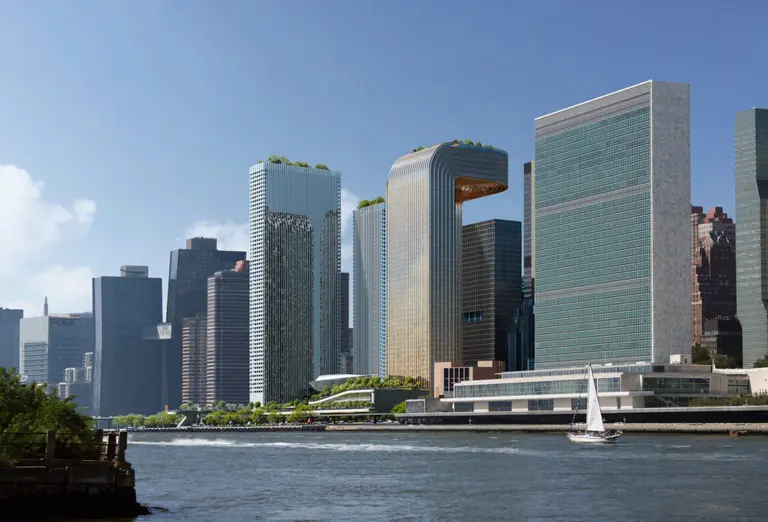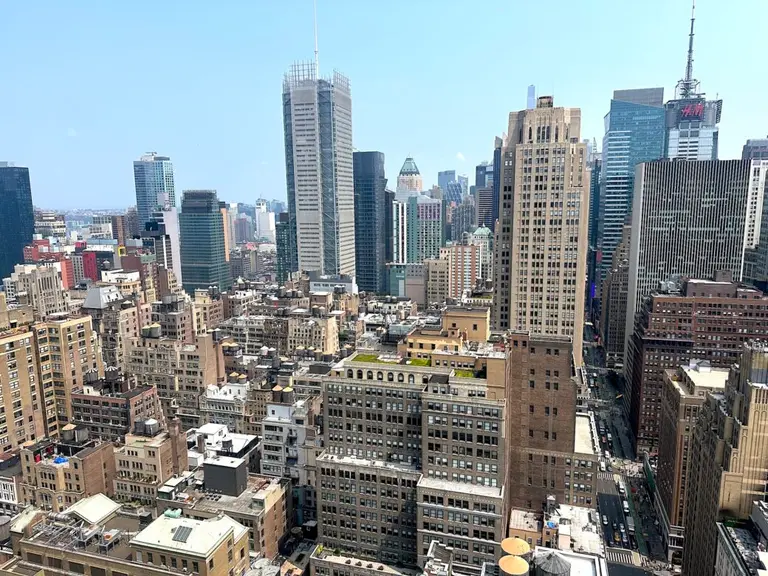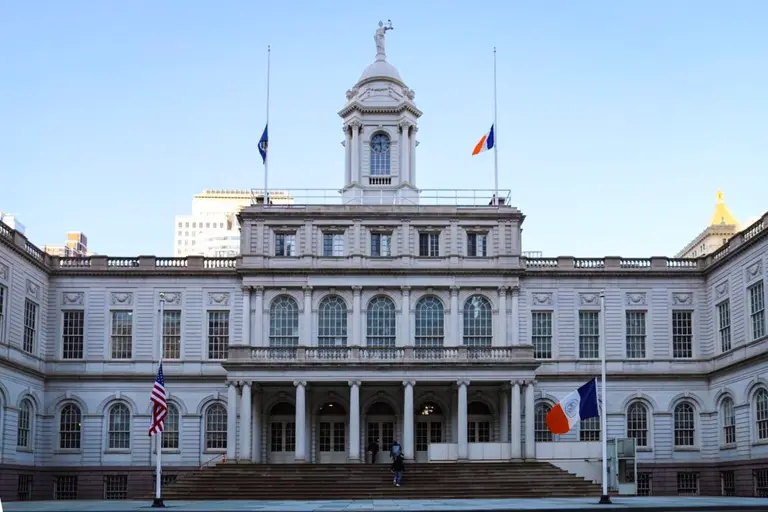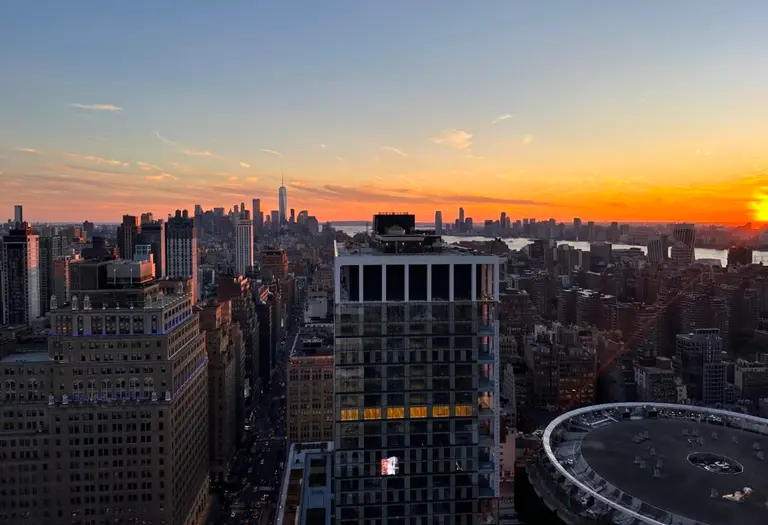NYC proposes pedestrian-friendly path on Fifth Avenue from Bryant Park to Central Park
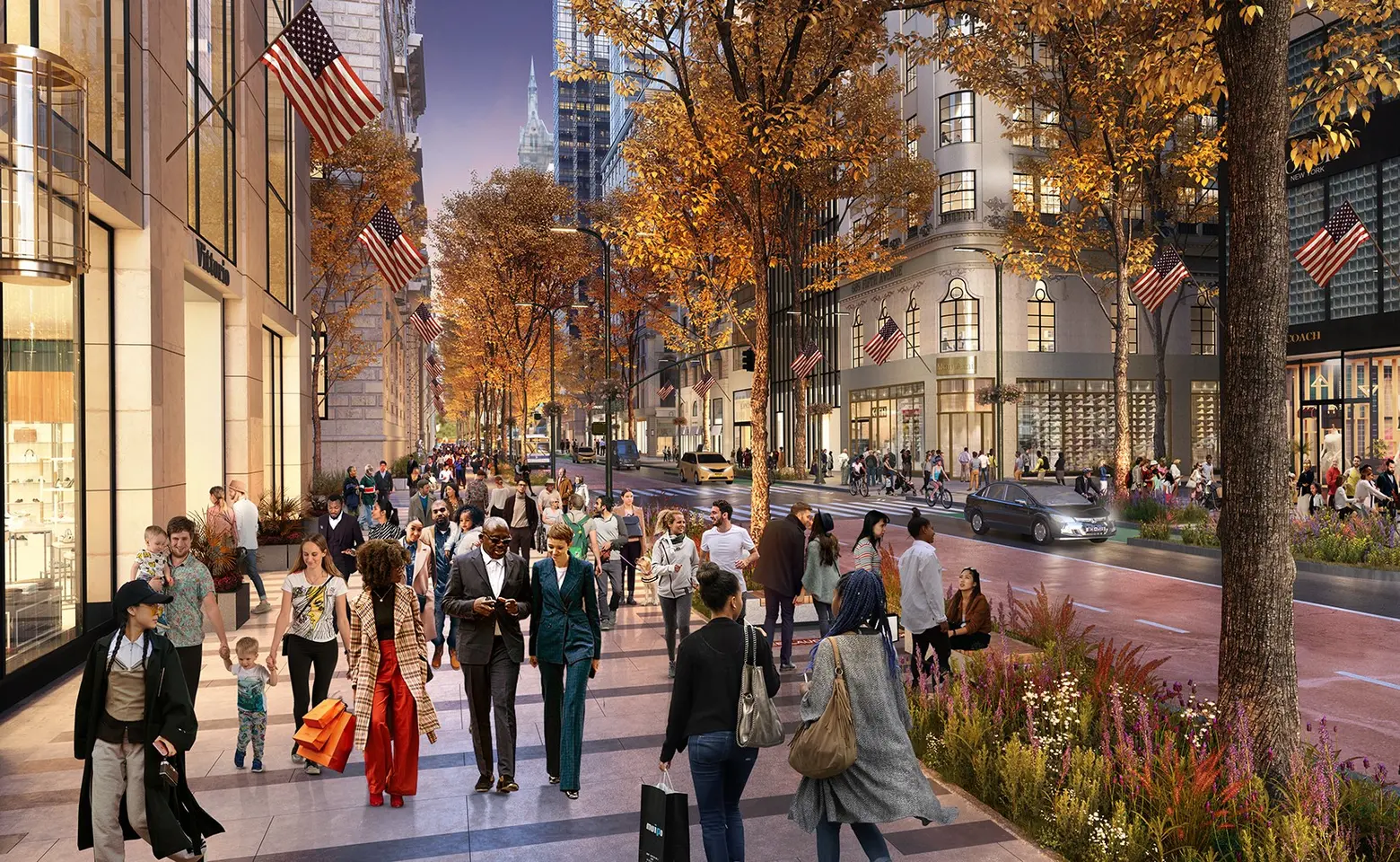
Conceptual renderings from one proposal for a reimagined Fifth Avenue. Credit: Fifth Avenue Association
Mayor Eric Adams on Sunday released a plan that reimagines a stretch of Fifth Avenue from Bryant Park at 42nd Street to Central Park at 59th Street as a pedestrian-focused space that prioritizes safety, mass transit, and the public realm. This new vision of one of the world’s most iconic tourist destinations and commercial districts is part of a broader plan to make the area more appealing to new residents and workers and builds upon the recent closure of Fifth Avenue this month for the holidays.
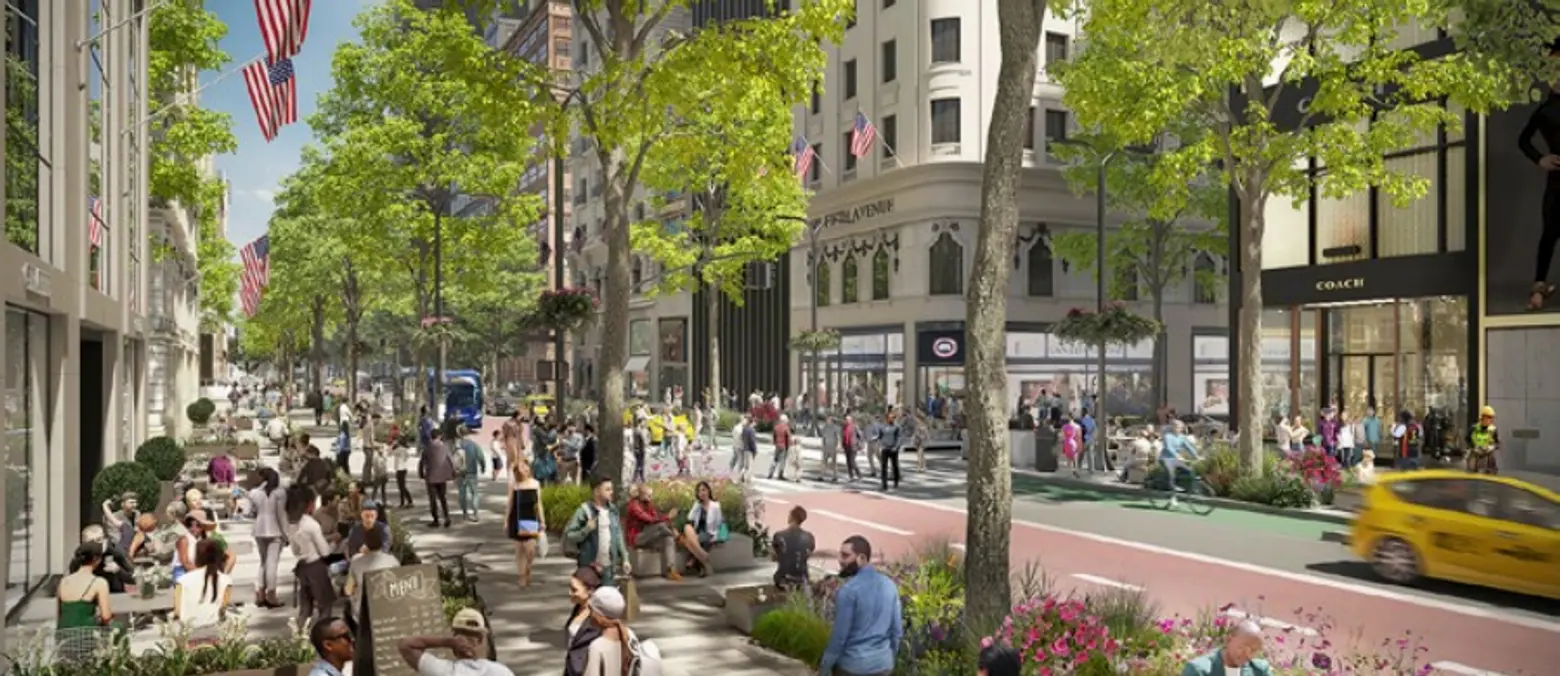 Conceptual Rendering of Fifth Avenue. Credit: Fifth Avenue Association
Conceptual Rendering of Fifth Avenue. Credit: Fifth Avenue Association
Adams’ reimagination of Fifth Avenue comes after he and Gov. Kathy Hochul unveiled the “New New York: Making New York Work for Everyone” action plan earlier this month, which calls for transforming the city’s business districts into dynamic, mixed-use 24/7 destinations adjusted for a post-pandemic world.
The city this month also closed streets around Rockefeller Center and a section of Fifth Avenue to cars on three Sundays in December as part of a new holiday Open Street program. The program marked the first time in 50 years that Fifth Avenue was closed to traffic.
According to Adams, the key proposals for Fifth Avenue’s transformation include expanded pedestrian space and green space, new tree plantings, better lighting, and the prioritization of mass transit and street safety for both pedestrians and cyclists.
The city’s Economic Development Corporation and the city’s Department of Transportation will contract with a design firm to begin the process. The plan, funded by the city, state, and Midtown groups including the Fifth Avenue Association, the Grand Central Partnership, the Bryant Park Association, and the Central Park Conservancy, could be completed within two years, according to the city.
“Fifth Avenue is an iconic corridor and an engine of our Midtown economy. But it is also an unmissable opportunity to show the city and the country how world-class public space can help create vibrant central business districts,” Adams said.
“New York isn’t coming back, New York is back. But New Yorkers don’t sit on our hands — we will continue to bring everyone to the table, come up with innovative ideas together, and make our city safer, fairer, and more prosperous.”
As shown in the “New New York” plan, Midtown and Lower Manhattan, NYC’s central business districts, have been slow to recover from the economic impact of the pandemic. These areas accounted for 45 percent of all NYC jobs and 80 percent of all city office space pre-pandemic.
The re-imagination of these city districts includes major renovations to the public realm, including the vast expansion of public and pedestrian space to draw more residents, businesses, and workers to the area.
“After two years studying this corridor, we are thrilled to work with Mayor Adams and his team on reimagining Fifth Avenue for the future,” Ed Hogan, board chair of Fifth Avenue Association, said. “Fifth Avenue has been an economic powerhouse for the city and a leader in retail, tourism, and office space. However, there hasn’t been a public investment in over 100 years. The sidewalks can’t accommodate the crowds, and the streets are overly congested.”
“Open Streets has shown how improving the pedestrian experience can draw more New Yorkers and tourists to this iconic global corridor. We thank Mayor Adams for his leadership and acknowledging the importance of Fifth Avenue to the overall resurgence of the midtown business district.”
RELATED:




